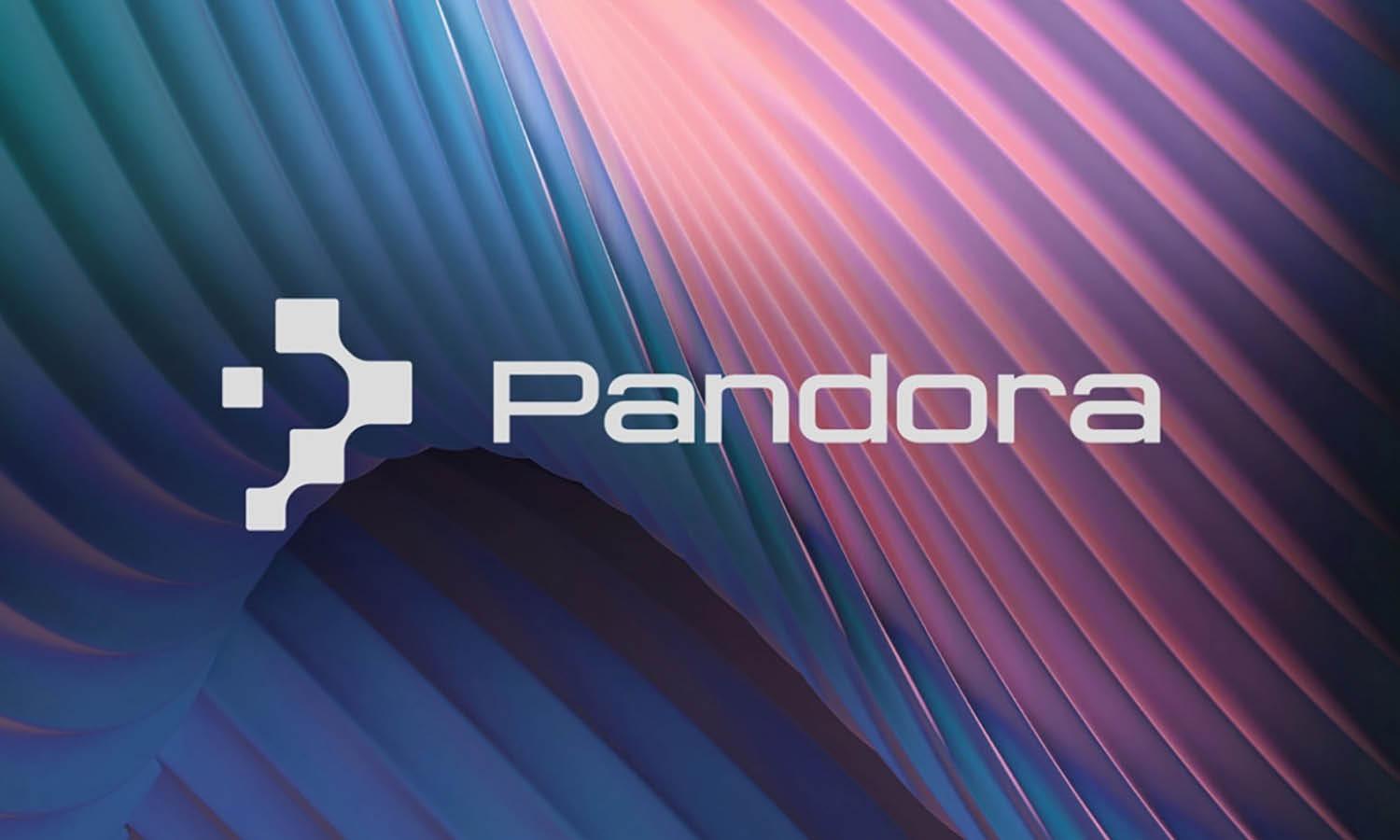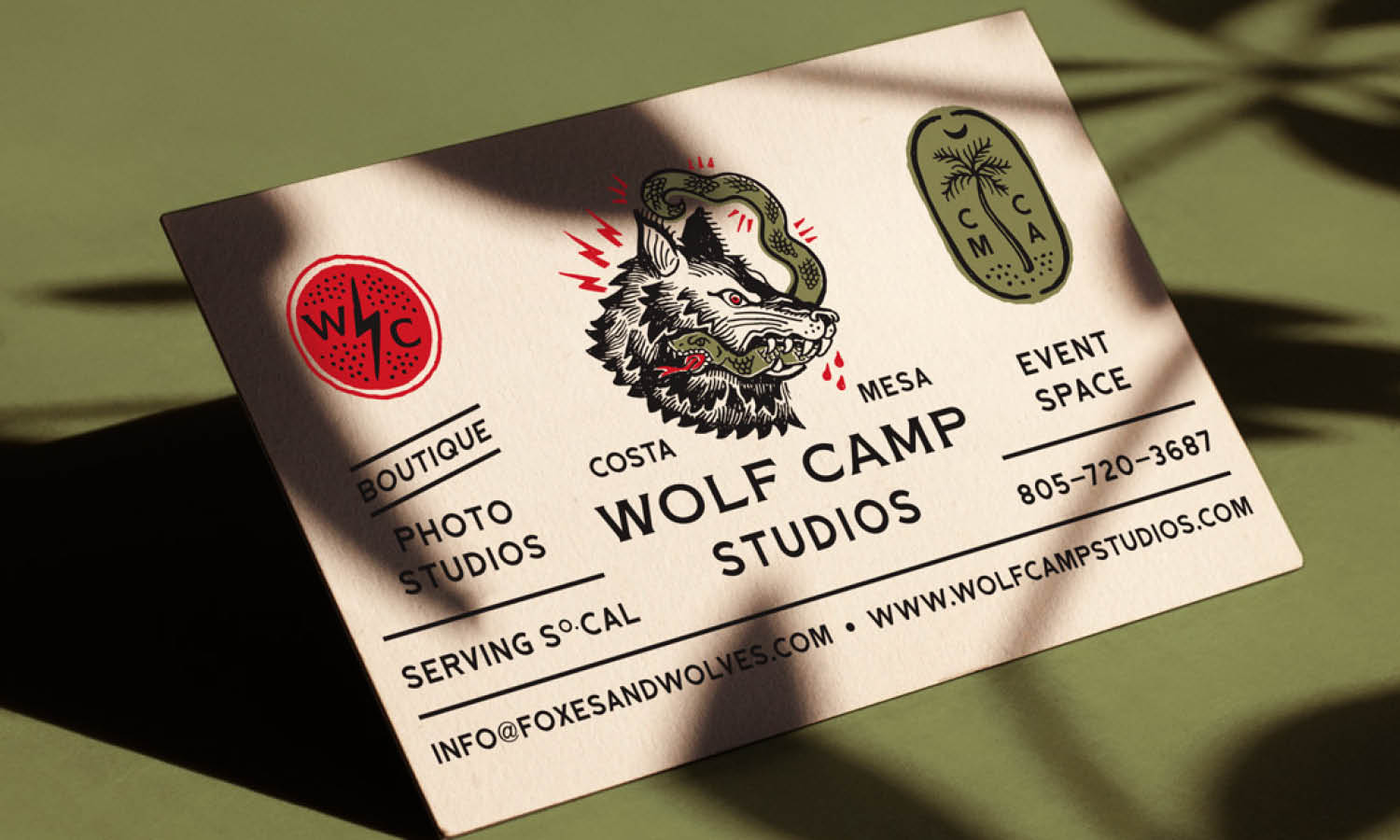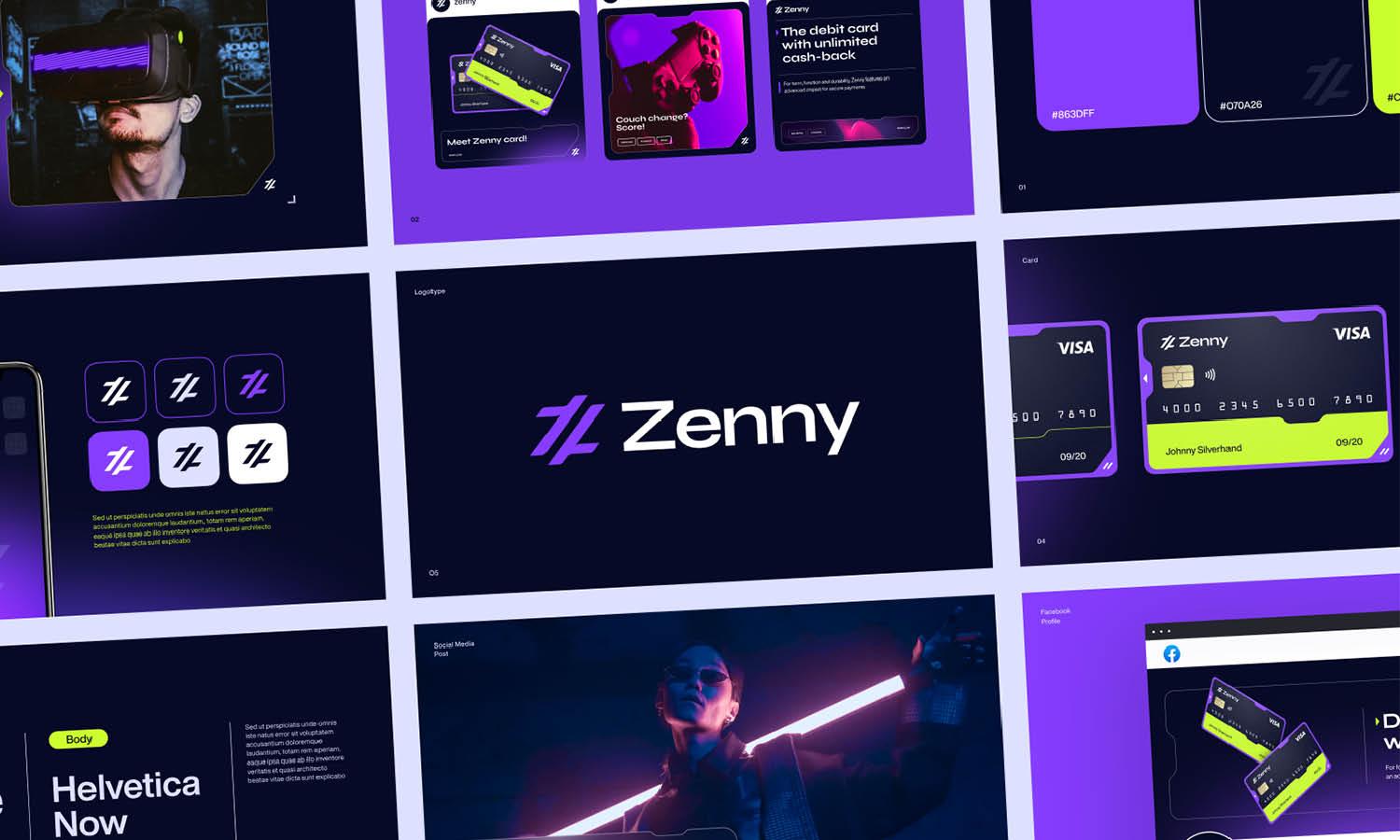Rapid Logo Design Techniques: Brand Your Business in 5 Minutes

Source: Shakuro Branding, Rebranding Investment Analytics Experts, Dribble, https://dribbble.com/shots/15916382-Rebranding-Russian-Investment-Analytics-Experts
Effective logo design is more than just an art—it's a pivotal strategy for communicating your business's values, mission, and professionalism. This article delves into rapid logo design techniques that empower businesses to craft a compelling brand identity in mere minutes. Whether you're launching a startup or looking to refresh your existing brand, the significance of a well-designed logo cannot be overstated. It's not just a symbol but the face of your business, often the first interaction potential customers have with your brand.
Thus, understanding how to design a logo that is both time-efficient and quality-driven is essential. We will explore straightforward, actionable strategies that integrate logo design, brand coherence, and business objectives seamlessly. By leveraging modern tools and following targeted design principles, businesses can create logos that are not only visually appealing but also resonate deeply with their target audience. Let's dive into how you can transform your brand's first impression with effective logo design techniques that don’t compromise on quality or speed.
Utilize Online Logo Design Tools
Tools like Canva, Adobe Spark, and Looka provide user-friendly interfaces that allow even novices in design to produce professional-looking logos. These applications come equipped with drag-and-drop features, extensive libraries of icons, shapes, and fonts, all of which can be leveraged to create a distinct logo that embodies your business's ethos.
For entrepreneurs and businesses looking to make an immediate impact, these tools also offer real-time editing capabilities, allowing for quick tweaks and iterations based on instant feedback. This means that a logo can be refined and ready for use in just minutes, ensuring that your brand doesn't miss a beat in today's competitive market.
Additionally, many online design tools integrate directly with marketing platforms, enabling seamless transitions from logo design to deploying it across various brand materials. This interconnectedness ensures that your new logo is not only attractive but also functional across all business communications, enhancing brand consistency and recognition.
Choose the Right Color Scheme
Selecting an appropriate color scheme is critical in logo design, as colors play a pivotal role in conveying your brand's personality and values. The right palette can enhance brand recognition by up to 80%, making it a crucial consideration for any business focused on establishing a strong market presence.
Understanding color psychology is essential when choosing your logo’s color scheme. For instance, blue evokes trust and dependability, making it a popular choice for financial institutions. Green, associated with health and sustainability, is ideal for brands committed to eco-friendliness. Choosing colors that align with the emotions you wish to evoke in your audience can significantly boost your brand's message.
Moreover, simplicity in your color choice can be more effective. A limited palette—typically one to three colors—helps ensure that your logo is easily recognizable and versatile across various mediums. This simplicity aids in maintaining clarity and impact, whether the logo is displayed on large billboards or small business cards.
To facilitate this decision-making process, tools like Adobe Color or Coolors can help you explore different color schemes and their psychological impacts. These tools also ensure compatibility and harmony between chosen hues, enabling businesses to design logos that are not only visually appealing but also strategically optimized for brand success.
Incorporate Simple Shapes and Symbols
The power of simplicity in logo design cannot be overstated. Simple shapes and symbols are fundamental in creating logos that are not only memorable but also highly effective in communicating the essence of a brand. By incorporating basic geometric forms—circles, squares, triangles—or universally recognizable symbols, designers can craft logos that resonate deeply with audiences and stand the test of time.
Using simple shapes in logo design offers several benefits. These forms are easily recognizable and can be understood across different cultures and languages, making them ideal for businesses operating in a global market. They are also versatile and scalable, ensuring that the logo maintains its integrity whether it is displayed on a digital screen or a large billboard.
Furthermore, simple shapes can be powerful conveyors of your business’s message. For instance, circles can suggest unity and commitment, squares can imply stability and reliability, and triangles are often associated with power and growth. Choosing a shape that aligns with your brand values can significantly enhance the logo’s impact.
Symbols, on the other hand, provide a direct path to conveying a specific idea or industry. For example, a leaf might represent nature and sustainability, while a pen could symbolize education or creativity. When these symbols are designed with clarity and simplicity in mind, they create a strong visual hook that can elevate brand recognition and recall.

Source: Masud - Logo Designer, B, Dribble, https://dribbble.com/shots/17745650-b
Select Appropriate Fonts
Choosing the right font is crucial in logo design as it significantly influences how your brand communicates its personality and values. The font you select for your logo should not only be aesthetically pleasing but also legible and reflective of your business’s character. With countless fonts available, selecting the perfect one can be a daunting task, yet it’s vital for establishing a strong and coherent brand identity.
When selecting a font for your logo, consider the nature of your business and the message you want to convey. Serif fonts, for example, are often associated with tradition and reliability, making them a good choice for legal firms or financial institutions. Sans-serif fonts, on the other hand, project modernity and simplicity, ideal for tech startups or lifestyle brands.
Additionally, it's important to prioritize legibility in your font choice, especially for logos that will be used across various mediums and sizes. A font that is too intricate may lose its clarity when scaled down for business cards or mobile screens.
Another consideration is the uniqueness of the font. Custom fonts can set your brand apart from competitors by giving your logo a distinctive look. However, if custom typography is beyond your reach, carefully selected commercial fonts can also provide a unique and professional appearance.
Leverage Negative Space
Negative space, or the background area around and between the subjects of an image, is a powerful tool in logo design that can transform a simple logo into a captivating visual narrative. This design technique not only adds intrigue but also enhances the readability and memorability of a logo. When used effectively, negative space creates a double imagery scenario that can make your logo stand out in the competitive business landscape.
For businesses looking to craft a logo that is both minimalist and meaningful, leveraging negative space can achieve a clean, uncluttered look while embedding a secondary message or symbol. This technique not only attracts the viewer's attention but also engages them in discovering the hidden message, making the logo more memorable.
Moreover, negative space can improve logo versatility, making it adaptable across various mediums without losing impact. A logo that effectively uses negative space will stand out on both large billboards and small digital screens, enhancing brand visibility and recognition across all platforms.
Adopt Minimalism
Minimalism in logo design is more than a trend—it’s a strategy for creating clear, concise, and compelling brand identities. A minimalist approach strips away the non-essential elements, focusing on the essentials of the brand. This not only ensures that the logo is versatile and scalable but also that it communicates the brand message clearly and directly.
Adopting minimalism in your logo can greatly enhance its effectiveness, particularly in today’s fast-paced market where consumers are often bombarded with visual information. A simple, minimalist logo can cut through the noise, making a memorable impression that is easy to recognize and remember. This approach favors flat textures, limited color palettes, and uncluttered space, which ensures that logos look great on both digital and physical platforms.
Furthermore, minimalist logos can be adapted more easily to different branding materials, from large-scale advertising to product design, ensuring brand consistency across all touchpoints. This adaptability makes them a cost-effective solution for businesses looking to maintain a strong brand presence across multiple channels.
Overall, adopting minimalism in logo design not only ensures that the logo is aesthetically pleasing but also that it is functional, versatile, and future-proof, aligning perfectly with a succinct brand strategy.
Think Versatility
Versatility is a fundamental element in effective logo design, especially in a world where brands touch multiple platforms from digital to print. A versatile logo functions well across various media formats, sizes, and contexts, ensuring that a brand's identity remains cohesive and strong, regardless of where it appears. For businesses, this means their logo must be as impactful on a small mobile screen as it is on a large billboard.
To achieve versatility, logos should be simple yet distinctive, easy to reproduce in single-color or full-color versions, and legible even when scaled down to minimal sizes. This requires a balanced design that avoids overly complex graphics or text that could become indecipherable when viewed at smaller sizes.
Another aspect of versatility is the logo’s adaptability to different backgrounds and layouts. A versatile logo should stand out against both light and dark backgrounds and be able to be repositioned or resized without losing its impact. Designers often create multiple logo variants to ensure the logo remains effective in various applications, including horizontal, vertical, icon-only, or text-only formats.
Planning for versatility from the beginning of the logo design process will save time and resources in the future, making brand marketing more seamless and effective. Therefore, when designing a logo, consider all potential uses—digital ads, print materials, merchandise, and more—to ensure your logo serves as a dynamic and enduring ambassador for your brand.

Source: Badr Errouichaq | Logorilla, Spero, Dribble, https://dribbble.com/shots/18526926-spero
Use Mockups to Visualize
Using mockups to visualize how a logo will look in real-world applications is a critical step in the design process. It helps designers and clients see the practical application of a logo beyond the digital sketch, providing a clearer picture of how the logo interacts with various physical and digital products. This practical visualization can greatly influence the final design decisions, ensuring the logo achieves its intended impact.
Mockups are typically used to simulate how a logo will appear on business cards, letterheads, websites, product packaging, and promotional materials. They help to assess the logo’s effectiveness in different sizes and environments. For example, a logo might look great on a website header but lose clarity on a smaller mobile interface, or it might not translate well onto merchandise like t-shirts or hats.
Digital tools like Adobe Photoshop, Illustrator, or online platforms like Placeit and Mockup World offer a variety of mockup templates, allowing designers to quickly and efficiently test their logo designs in different settings. These tools can simulate textures, materials, and other contextual elements that affect the appearance of a logo, providing valuable insights into its versatility and usability.
Focus on Brand Consistency
Brand consistency is vital in logo design as it establishes a coherent identity that enhances brand recognition and trust among consumers. A consistent logo serves as a stable foundation for all other branding efforts, ensuring that every interaction with the brand conveys the same core message, style, and values. This uniformity helps to strengthen brand presence and can significantly influence customer perception and loyalty.
To maintain brand consistency, your logo should align with your overall brand strategy, including your brand’s color palette, typography, and messaging across all platforms. It should be identifiable in various contexts, whether it’s on digital media, print, or physical merchandise. Consistency in these elements ensures that the logo reinforces the brand identity wherever it appears.
When designing a logo, consider how it will integrate with existing brand elements like your website, packaging, or advertising. It should complement and enhance these elements, not work against them. Using a consistent logo also simplifies marketing efforts; once established, the logo becomes a shorthand for the brand itself.
Moreover, maintaining consistency does not mean avoiding innovation. The logo should be flexible enough to evolve without losing its core identity. This approach not only preserves brand heritage but also keeps the logo relevant as the market and consumer preferences change.
Prepare for Future Updates
Designing a logo with future updates in mind is crucial for maintaining brand relevance and adaptability in an ever-evolving market. While a logo should be timeless, it also needs the flexibility to evolve as the brand grows and market dynamics change. Preparing for future updates during the initial design phase can save time and resources later, ensuring the logo remains effective without undergoing a complete overhaul.
One way to facilitate future updates is to design with simplicity and modularity in mind. A simple logo can be easily modified with color changes, slight alterations in design, or by updating its typographic elements without losing its original appeal. This allows the brand to stay fresh and current with trends while maintaining a strong connection to its traditional values.
It’s also beneficial to document the design process and decisions, including color codes, font choices, and style guidelines. This documentation can serve as a reference, ensuring that any adjustments to the logo adhere to the established brand standards.
Ultimately, preparing for future updates means thinking ahead about how the logo can grow with the brand. This proactive approach not only enhances the longevity of the logo but also supports the ongoing evolution of the brand as it adapts to new challenges and opportunities in the marketplace.
Conclusion
Effective logo design is pivotal for any business aiming to establish a strong, recognizable brand. By focusing on simplicity, versatility, and brand consistency, you can create a logo that not only captures the essence of your business but also stands the test of time. Remember, a well-designed logo serves as the cornerstone of your brand identity, seamlessly integrating with all marketing efforts and communication strategies. As your business evolves, your logo should adapt while maintaining its core characteristics, ensuring it continues to effectively represent your brand across all platforms and touchpoints.
Let Us Know What You Think!
Every information you read here are written and curated by Kreafolk's team, carefully pieced together with our creative community in mind. Did you enjoy our contents? Leave a comment below and share your thoughts. Cheers to more creative articles and inspirations!
















Leave a Comment